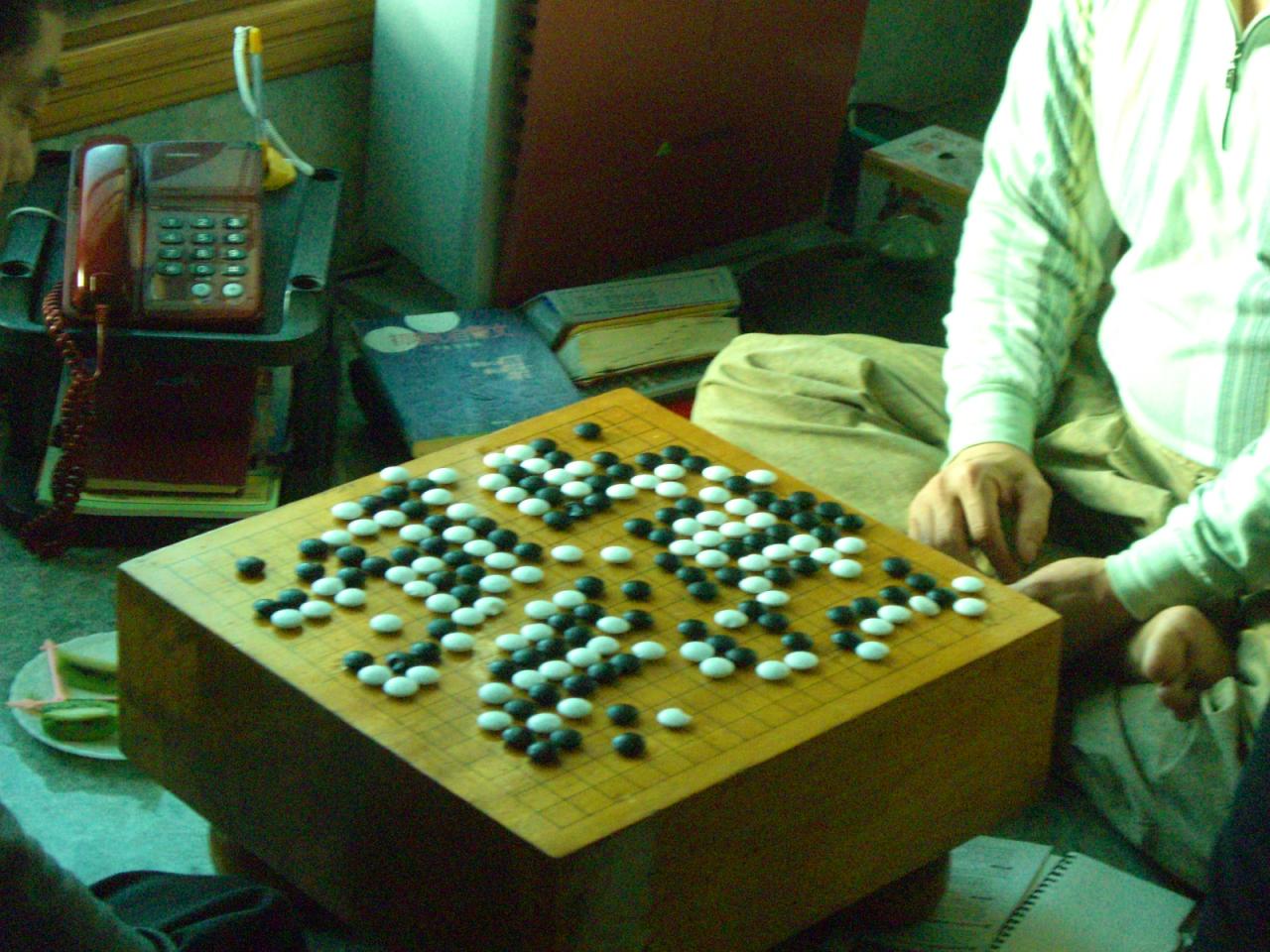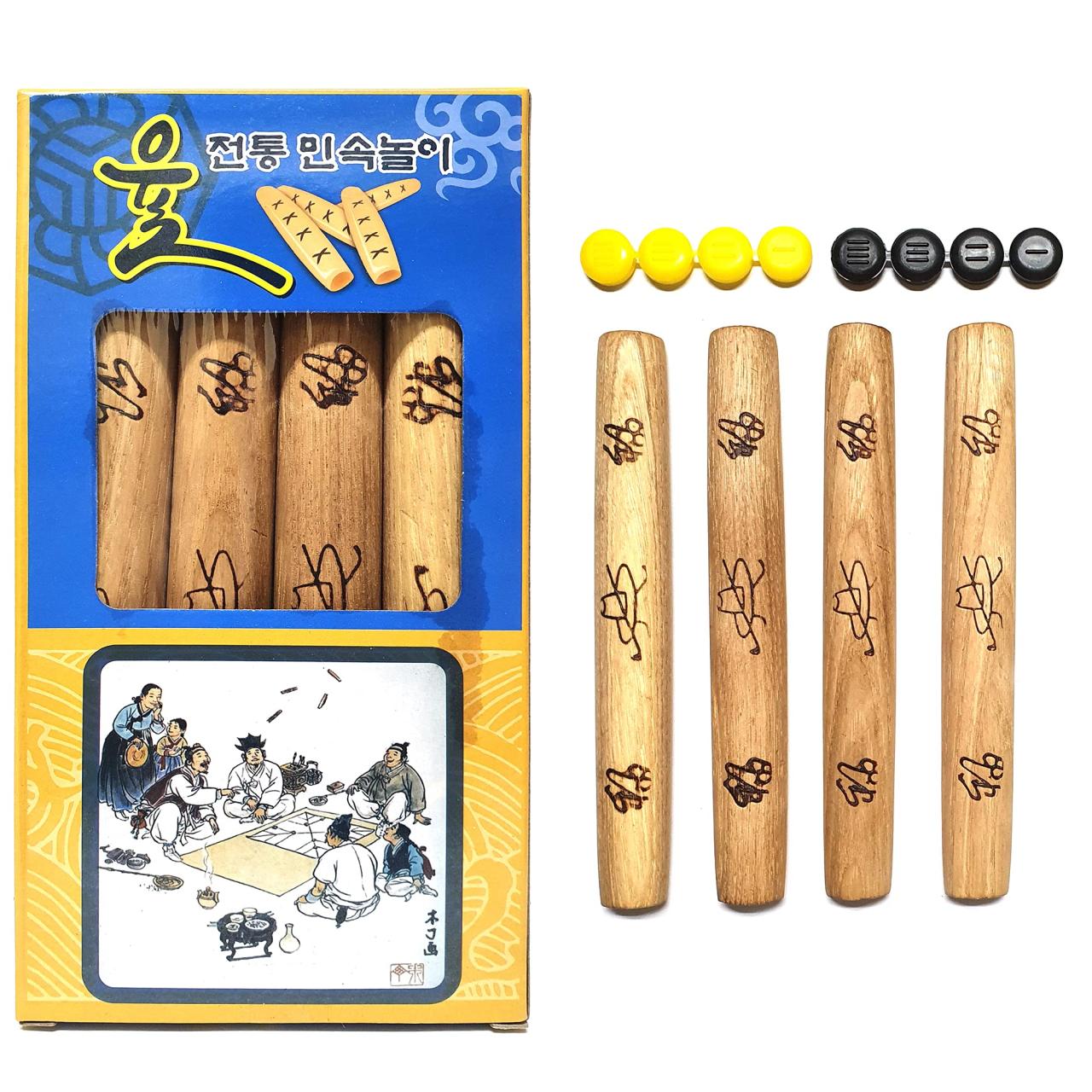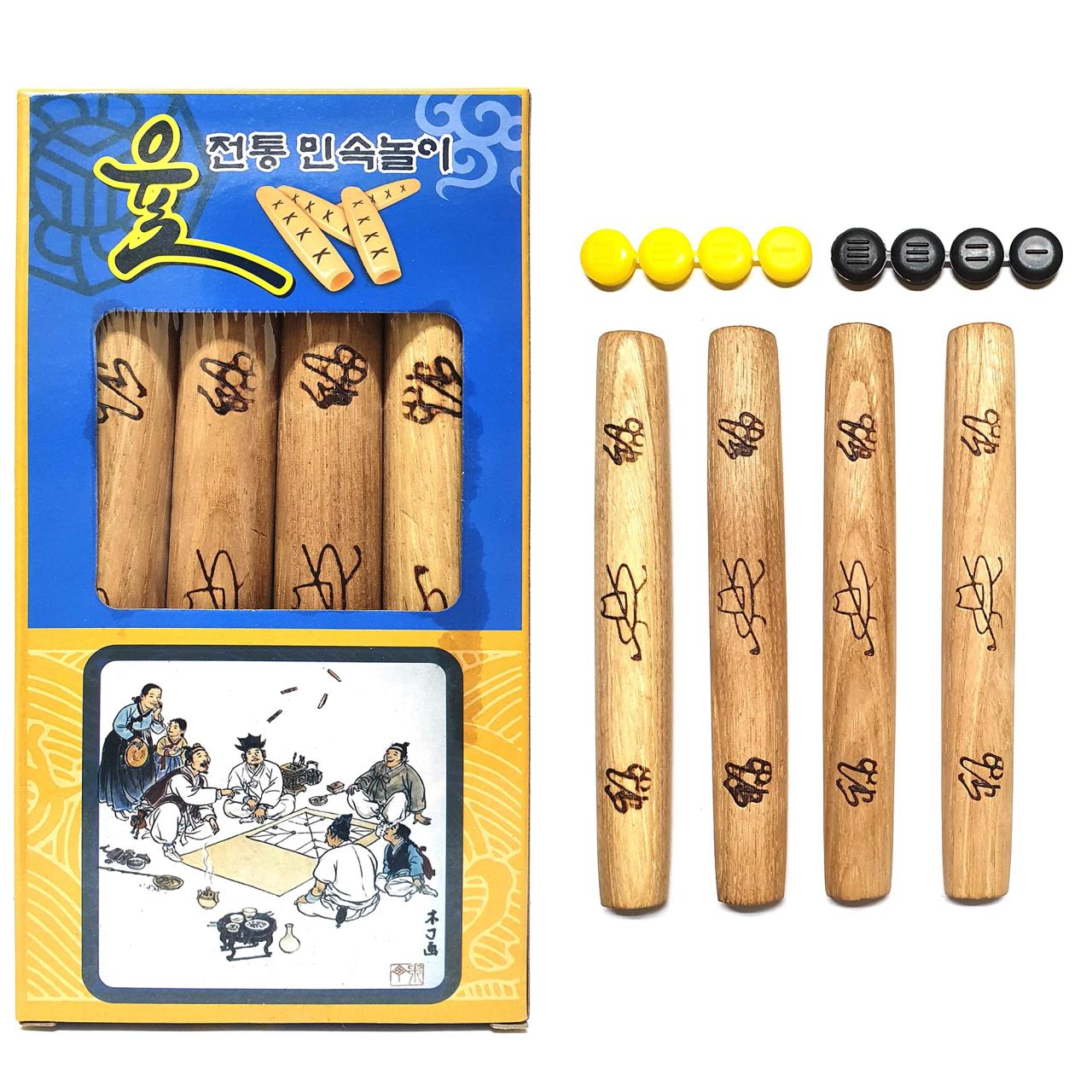Gonggi game, a captivating Korean pastime, boasts a rich history and engaging gameplay. This ancient game, played with small, weighted pieces, requires skill, precision, and a bit of luck. From its humble beginnings to its modern adaptations, Gonggi offers a unique blend of strategy, social interaction, and cultural significance. We’ll explore its origins, rules, variations, and enduring appeal.
This guide will walk you through everything you need to know to play Gonggi, from assembling the necessary materials to mastering advanced techniques. We’ll delve into the cultural context of the game, examining its role in Korean society and comparing it to similar games worldwide. Whether you’re a seasoned player or a curious newcomer, prepare to be captivated by the world of Gonggi.
Gonggi: A Traditional Korean Game
Gonggi, a captivating game of skill and strategy, holds a special place in Korean culture. This ancient pastime, passed down through generations, offers a delightful blend of challenge and social interaction. Let’s delve into the fascinating world of Gonggi, exploring its history, gameplay, and enduring cultural significance.
Gonggi Game Overview

Gonggi’s origins trace back centuries, with its exact beginnings shrouded in the mists of time. However, its enduring popularity suggests a rich history interwoven with Korean society. The basic gameplay involves tossing small, flat pieces (also called gonggi) into the air, catching them, and manipulating them with skillful flicks of the fingers and hands. The rules vary slightly depending on the region and the specific game variant, adding to its multifaceted appeal.
Standard Gonggi Gameplay
A typical game involves several players, each taking turns to complete a series of increasingly challenging maneuvers. The basic steps involve tossing a specified number of gonggi in the air, catching them one by one, and then performing a set of actions with the remaining pieces before catching them all again. Successful completion of each level advances the player to the next, more difficult round.
Failure results in a turn loss and the opportunity for another player to attempt the level.
- Start with a set number of gonggi (usually 5).
- Toss the gonggi into the air, catching one at a time while keeping the others airborne.
- Perform designated actions with the remaining pieces in the air, like kicking them up or catching them on the back of your hand.
- Catch all the gonggi before they hit the ground.
- Repeat steps 2-4 for each successive level, with increasing difficulty.
Regional Variations of Gonggi
Gonggi’s adaptable nature has led to the development of various regional variations across Korea. These variations often involve unique rules, scoring systems, or even the types of gonggi used. For instance, some regions may emphasize speed and precision, while others focus on complex maneuvers and strategic play. These regional differences contribute to the game’s rich tapestry of traditions.
Equipment and Materials: Gonggi Game
The materials used to play Gonggi have evolved over time, reflecting both tradition and modern convenience. Understanding these materials provides insight into the game’s history and its adaptability to changing times.
Traditional and Modern Gonggi Equipment
Traditionally, gonggi were made from natural materials like seeds, pebbles, or small, flat pieces of wood. These materials were readily available and reflected the resourcefulness of past generations. Today, however, plastic gonggi are commonly used, offering durability and consistency. While the traditional materials carry a certain nostalgic charm, the modern versions provide a more standardized and readily accessible game experience.
Gonggi, that awesome Korean game with the little stones, is seriously fun! It’s amazing how focused you have to be, kind of like how pilots need to be, especially considering the news about recent plane crashes south korea. Anyway, back to gonggi – mastering the advanced throws takes practice and precision, just like any other skill!
Gonggi Piece Variations
| Type | Material | Size (Approximate) | Region of Origin |
|---|---|---|---|
| Standard Gonggi | Plastic, Wood, Seed | 1-2 cm diameter | Various |
| Larger Gonggi | Wood | 3-4 cm diameter | Certain Rural Areas |
| Heavier Gonggi | Metal | 1-2 cm diameter | Less Common |
| Colored Gonggi | Plastic | 1-2 cm diameter | Widely Available |
Gameplay Strategies and Techniques
Mastering Gonggi requires more than just luck; it demands precision, accuracy, and strategic thinking. Developing effective strategies and honing one’s throwing techniques can significantly enhance one’s gameplay.
Advanced Gonggi Strategies
Advanced strategies often involve anticipating the trajectory of the gonggi, optimizing throwing angles for maximum control, and employing deceptive movements to throw off opponents. Players can practice specific techniques, such as backhand throws or underhand tosses, to add variety and unpredictability to their game. Mastering these techniques is key to achieving higher levels of proficiency.
Common Mistakes and Their Solutions
Common mistakes in Gonggi include inconsistent throwing technique, poor hand-eye coordination, and insufficient practice. Addressing these issues involves regular practice, focusing on proper form, and utilizing drills to improve precision. Consistent practice and attention to detail are essential to overcoming these challenges and improving overall performance.
Cultural Significance and Social Impact
Gonggi is more than just a game; it’s a cultural touchstone, fostering social interaction and promoting valuable life skills.
Gonggi in Korean Culture

Gonggi holds a significant place in Korean culture, often played in schoolyards, parks, and homes. It’s a shared experience that connects generations and fosters a sense of community. The game’s simple rules and readily available materials make it accessible to all, contributing to its widespread appeal.
A Typical Gonggi Game Session
Imagine a sunny afternoon in a Korean park. Children, their laughter echoing through the air, gather in a circle. They’re playing Gonggi, their fingers deftly manipulating the small, colorful pieces. The air is filled with the soft thud of the gonggi hitting the ground, punctuated by cheers of success and friendly groans of defeat. This seemingly simple game creates a vibrant social hub, fostering camaraderie and healthy competition.
Gonggi in Modern Times
Despite the rise of digital entertainment, Gonggi continues to hold its own, adapting to modern contexts while retaining its core appeal.
Gonggi, that awesome Korean game with the little pebbles, is seriously addictive! It’s a great way to unwind, unlike dealing with the stress of news like the recent korea plane crash reddit which, thankfully, seems to be unrelated to the joyful concentration needed for a good gonggi game. Anyway, back to the game – try to master the advanced throws; it’s way harder than it looks!
Gonggi’s Modern Popularity, Gonggi game
While the popularity of Gonggi might have fluctuated with the introduction of video games and other forms of entertainment, efforts are underway to revitalize interest in this traditional game. Schools and community centers are incorporating Gonggi into their activities, aiming to preserve this cultural heritage and introduce it to younger generations.
Resources for Learning Gonggi

- Korean Cultural Centers: Many offer workshops and classes on traditional games.
- Online video tutorials: YouTube and other platforms host numerous instructional videos.
- Books on Korean traditional games: These often include detailed rules and gameplay strategies for Gonggi.
Visual Representation of Gonggi
The visual appeal of Gonggi lies in the graceful movements of the players and the mesmerizing trajectory of the gonggi.
A Gonggi Playing Scene
Picture a group of children, their bright clothes a splash of color against the backdrop of a sun-drenched courtyard. The air hums with anticipation as a player prepares to toss the gonggi. Their fingers move with practiced precision, their eyes focused intently on the airborne pieces. The rhythmic thud of the gonggi hitting the ground provides a percussive soundtrack to their game.
The scene is one of vibrant energy and focused concentration, a testament to the game’s enduring appeal.
Animated Sequence of a Successful Round
Frame 1: The player holds five gonggi in their hand, ready to toss. Frame 2: A graceful upward toss sends the gonggi arcing through the air. Frame 3: The player skillfully catches one gonggi, their fingers deftly plucking it from the air. Frame 4: With four gonggi still airborne, the player performs a quick maneuver, catching one more.
Frame 5: The remaining gonggi descend gracefully, caught one by one with precision and grace. Frame 6: All five gonggi are neatly gathered in the player’s hand, a triumphant smile gracing their face.
Ending Remarks
Gonggi game is more than just a game; it’s a cultural treasure that connects generations and fosters valuable skills. Its simple yet challenging gameplay, combined with its rich history and social aspects, makes it a truly unique and rewarding experience. So gather your friends, find your Gonggi pieces, and prepare to be entertained—and maybe even surprised by how much fun this traditional game can be!
Gonggi, that awesome Korean game with the small stones and kicking skills, requires serious hand-eye coordination. Imagine filming your amazing gonggi moves from a unique angle using a drone – like the impressive dji neo drone , capturing the speed and precision of each throw. Then you could post your epic gonggi videos online and show off your skills to the world!
Q&A
How many players can play Gonggi?
Typically, two or more players can play Gonggi.
Where can I buy Gonggi pieces?
You can often find Gonggi sets online through retailers selling Asian games or crafts, or at some Asian import stores.
Are there any age restrictions for playing Gonggi?
No, but younger children might need assistance with the more challenging throws.
What happens if a piece lands outside the designated playing area?
The rules vary slightly depending on the specific version of Gonggi, but generally, the player loses their turn or the round.
